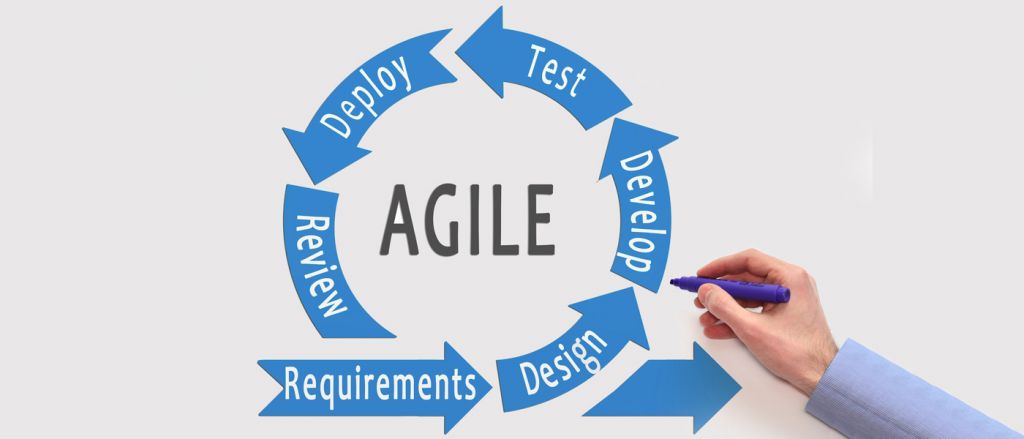Business leaders are always on the lookout for ways to improve the efficiency and effectiveness of their workforce, and one strategy that has continued to gain momentum within digital industries is agile process management. This methodology turns traditional process management systems on their head with a holistic approach that generates undeniable results.

- What is Agile Process Management?
Every business employs a series of processes to deliver goods or services to their customers. To ensure the quality of their product, these processes must be controlled; this is process management.
An agile system is one that is easily adaptable to changing situations, and this agile characteristic is what sets this process management strategy apart from traditional methods.
Agile process management achieves this flexibility by breaking projects into smaller, more manageable pieces that are then addressed by small teams that emphasize a collaborative process over team embers functioning in fixed roles.
Developed during short periods usually lasting between two and four weeks and known as sprints, agile management allows teams to continuously release functional products as well as providing a framework for quickly adjusting to changes in product requirements. This focus on deliverable products and short time frames leads to a lower risk of large-scale failure and enables continued refinement and improvement as the process moves forward.
- How Agile Process Management Works
Many different methods utilize an agile framework, with the most popular being the Scrum methodology.
Within Scrum, the process begins with the Product Owner. This is the person with a broad idea of what a product must deliver to be viable within the market, as well as interfacing with customers and coming up with a product backlog of required features.
The Development Team is the group that is provided with a product backlog and given the task of generating a final product. The agile framework emphasizes independence and collaboration, with each team member self-assigning into the fluid role or roles where their talents are best utilized.
The Scrum Master is a person that guides the team, plans the increments, and ensures that progress is moving at a steady pace. While technically not a manager, the Scrum Master helps create an environment where team members maximize their potential.
- Why Use Agile Process Management?
Created for use in software development, more and more industries are coming to acknowledge the benefits of this methodology.
Agile management emphasizes flexibility that allows a team to adapt to changing needs and reduces the risk of total project failure. In contrast, improved collaboration—between team members and customers—allows for better final products.
The incremental nature of the process allows for a faster turnaround on projects and higher success rates thanks to a laser-like focus of team members.
These are just a few examples of the benefits that tech companies can expect after implementing agile process management methods.
Adapt Solution are experts in all areas of agile process management. To find out more about our company, and how we can help your business, please click here. Alternatively, to know more about the services we offer, please visit our Services page by clicking here.





